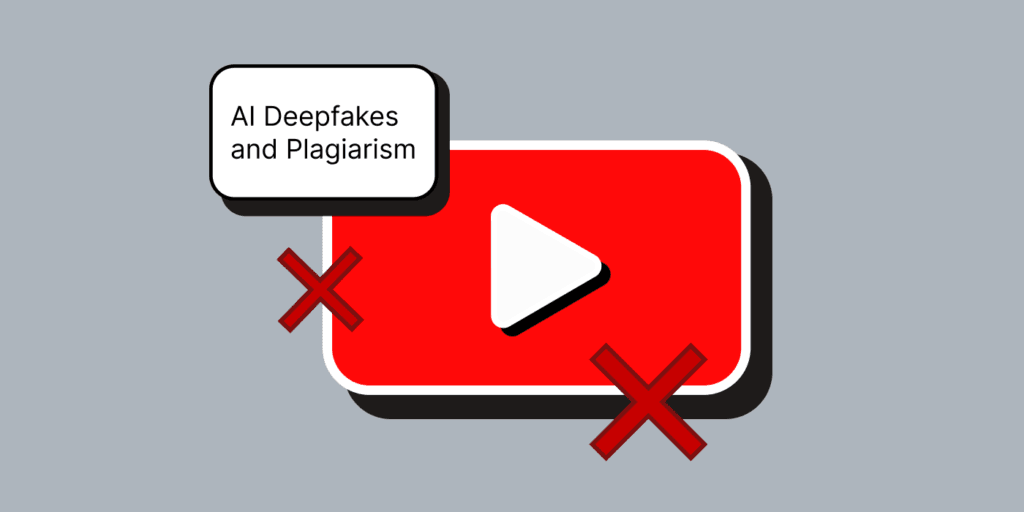
YouTube is taking steps to prevent AI deepfakes and plagiarism by introducing new tools that safeguard creators and their content.
AI is shaping our lives more than ever. Nowadays, it has become extremely challenging to differentiate between real and fake news.
Privacy issues are a major concern after AI misuse. For example, X used Grok AI to create realistic images of specific political figures.
Social media sites must create rules and measures to regulate AI’s output and prevent further dissemination of false information.
Governments have passed laws to contain AI. YouTube is now defending its creators’ rights and working on two new feature sets to improve user security.
The Verge states that these tools are the first “synthetic singing identification technology.” It aims to detect instances where AI produces voices imitating other people.
They will introduce and integrate it into YouTube’s current copyright system. This tool will use the content ID algorithm to identify cases involving synthetic voices without the owner’s permission. This feature will help curb plagiarism and protect content creators’ identities.
The second tool will help to detect deepfakes in celebrities such as actors, singers, musicians, athletes, etc. It aims to let creators control deep fakes and let people decide how to use their images.
Even though these tools are still emerging, they are a way forward in mitigating the use of AI for content-sharing platforms. No official date has been set for introducing these features. However, we expect to roll out some of them ahead of the original schedule.
AI has become more integrated into society; more firms are adopting strategies for regulating AI and maintaining ethical content generation.
